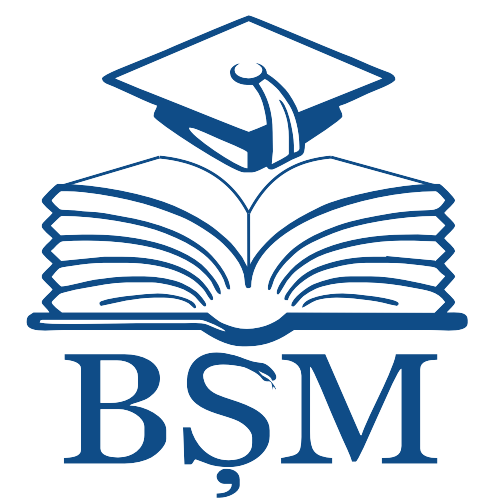- IRMS - Nicolae Testemitanu SUMPh
- 1. COLECȚIA INSTITUȚIONALĂ
- Revista de Științe ale Sănătății din Moldova
- Revista de Științe ale Sănătății din Moldova : Moldovan Journal of Health Sciences 2024 Vol. 11, Issue 2
Please use this identifier to cite or link to this item:
http://hdl.handle.net/20.500.12710/30025
| Title: | Primary sclerosing cholangitis: diagnostic and treatment approach |
| Authors: | Geevarghese, Mathew |
| Keywords: | primary sclerosing cholangitis;cholangiocarcinoma;inflammatory bowel syndrome treatment |
| Issue Date: | 2024 |
| Publisher: | Instituţia Publică Universitatea de Stat de Medicină şi Farmacie „Nicolae Testemiţanu” din Republica Moldova |
| Citation: | GEEVARGHESE, Mathew. Primary sclerosing cholangitis: diagnostic and treatment approach. In: Revista de Ştiinţe ale Sănătăţii din Moldova = Moldovan Journal of Health Sciences. 2024, vol. 11, nr. 3, anexa 2, p. 297. ISSN 2345-1467. |
| Abstract: | Introduction. Primary sclerosing cholangitis (PSC) is a rare
liver disease characterized by chronic inflammation and
fibrosis causing multifocal biliary strictures, biliary stasis,
fibrosis, and liver cirrhosis. Being an autoimmune disease,
it affects the intra and extrahepatic ducts but, its pathophysiology remains unclear. Aim of Study: To evaluate the
current diagnostic and treatment approaches of primary
sclerosing cholangitis. Material and methods. A literature
review of articles and guidelines published between 2015
to 2023 from PubMed, Elsevier and Wiley Online Library
with the use of the keywords such as primary sclerosing
cholangitis, cholangiocarcinoma, treatment approach was
used for this study. Results. The studies show that PSC is
more associated with Inflammatory Bowel Syndrome. The
estimated prevalence is 60-80%. Usually, asymptomatic but
clinical manifestations such as abdominal pain, pruritis,
jaundice, and fatigue are common. The elevation of serum alkaline phosphatase and gamma-glutamyl transferase values in a cholestatic pattern is the biochemical hallmark of
PSC. The gold standard of diagnosis is magnetic resonance
cholangiography which reveals large-duct fibrotic strictures
of the biliary tree. Antimitochondrial antibody test can exclude primary biliary cholangitis. Ursodeoxycholic acid is
the most widely used drug for PSC. PSC progresses to biliary fibrosis and gets complicated by cirrhosis, liver failure
and cholangiocarcinoma. Conclusions. The cause of PSC remains unclear and treatment approach is lacking. The current treatment approach is limited to management of symptoms. The progressive nature of the disease can lead to liver
cirrhosis and finally end with the need for liver transplantation. However, PSC may recur even after liver transplantation. |
| metadata.dc.relation.ispartof: | Revista de Ştiinţe ale Sănătăţii din Moldova = Moldovan Journal of Health Sciences |
| URI: | https://cercetare.usmf.md/sites/default/files/inline-files/MJHS_11_3_2024_anexa2__site.pdf
https://repository.usmf.md/handle/20.500.12710/30025 |
| ISSN: | 2345-1467 |
| Appears in Collections: | Revista de Științe ale Sănătății din Moldova : Moldovan Journal of Health Sciences 2024 Vol. 11, Issue 2
|
Items in DSpace are protected by copyright, with all rights reserved, unless otherwise indicated.
|


